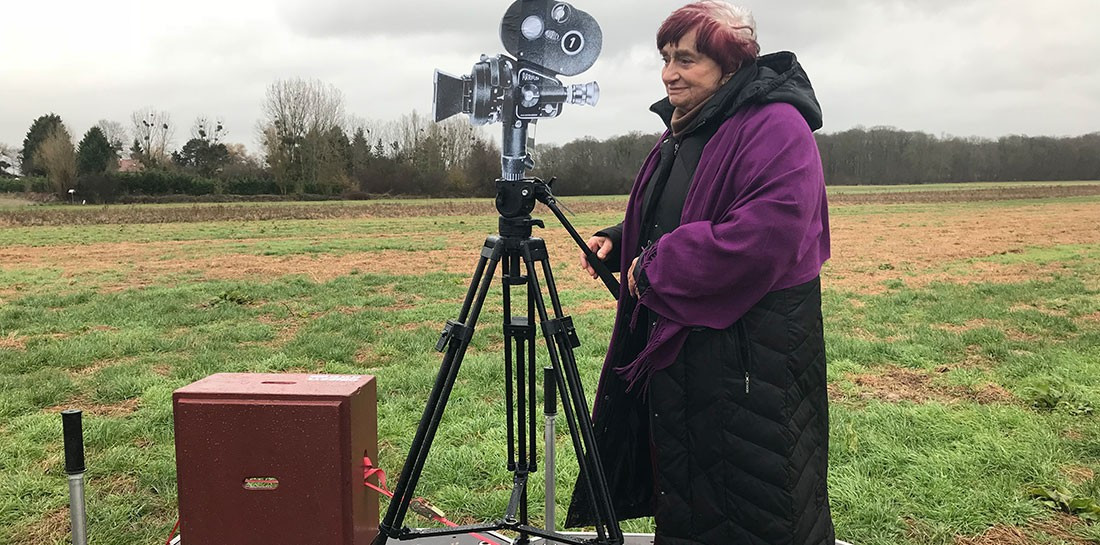CRITIPEG: Varda by Agnès
★★★★☆, Plays at Cinematheque until Feb. 29
Mass appeal and major box office earnings are often used to gauge a director’s success, but there are other ways to make an impact in film. Experimental techniques, a constant theme throughout their films and using films as a means of social activism, like the late Agnès Varda did throughout her career, are qualities that also cement a director’s stardom.
Varda, one of the pioneers of the French New Wave film movement, ended her film career with Varda by Agnès. The film is set as a documentary, one of Varda’s favourite forms, as it tracks her film, photography and art career from the 1950s to the 2010s. The film is more than just a look at Varda’s techniques, however. It gives the viewer a glimpse of her personal life and how she incorporated it into past films, while also highlighting her passion for feminism and social activism.
The film follows Varda in a director’s chair, addressing various audiences, sometimes in a large theatre, university auditorium or her directly addressing the camera. She says three words have guided her throughout her career: inspiration, creation and sharing.
For inspiration, Varda describes the motivation, why one makes a film. Some of her films are about her family, and she used film to document various emotional moments from her own life. For instance, in the 1967 short film Uncle Yanco, she is elated to meet her uncle in San Francisco and uses various playful techniques like heart filters and repetitive shots to portray this. In the 1991 feature film, Jacquot de Nantes, Varda tells the story of her late husband Jacques Demy’s life.
Varda describes creation as how one makes a film. It is nostalgic to see Varda shooting on 16mm and 35mm films, and fascinating to learn about the techniques used in Vagabond, which she describes as a portrait of discontinuous tracking shots. In Cléo from 5 to 7, Varda reveals that the film had a unique connection with time, as she combines both mechanical and subjective time to create a nuisance for the main character, Cléo, as she nervously awaits the results of her biopsy test.
Finally, Varda says sharing refers to making films that deeply engage the viewer. One of the most gripping scenes is from The Gleaners and I, when Varda interviews a man named Alain. It is revealed that Alain, who has studied biology and has a master’s degree, now lives in poverty and gleans trash to survive. It presents a surreal and humble moment to viewers that can cause them to question their privileges and hopefully presents a different perspective of poverty.
Although most of Varda’s films employed techniques that have been replaced by modern processes, her films are still relevant today. They may not be like the fiction, romance or comedy films that are popular now, but Varda’s films represent a focus on reality, highlighting the progression of time to show maturity and vulnerability both in her characters and herself.
Published in Volume 74, Number 18 of The Uniter (February 13, 2020)







